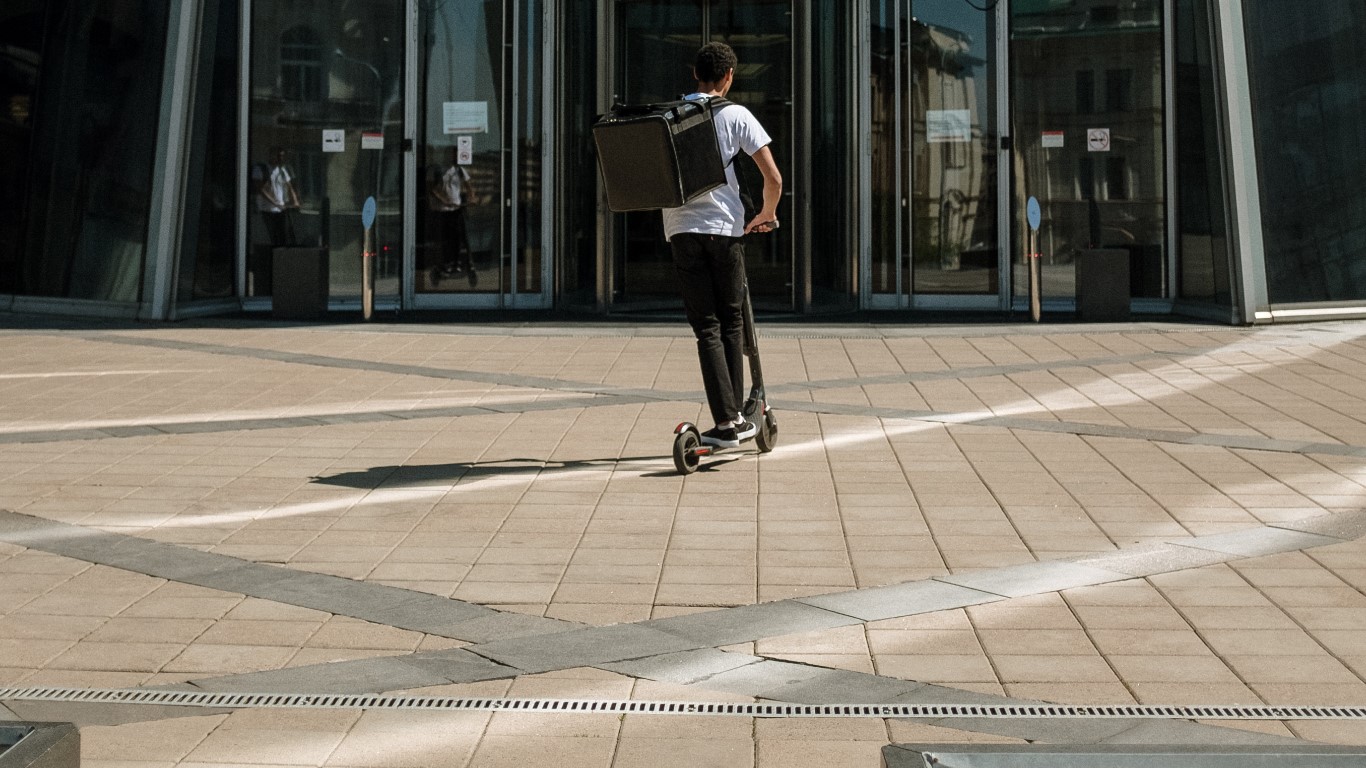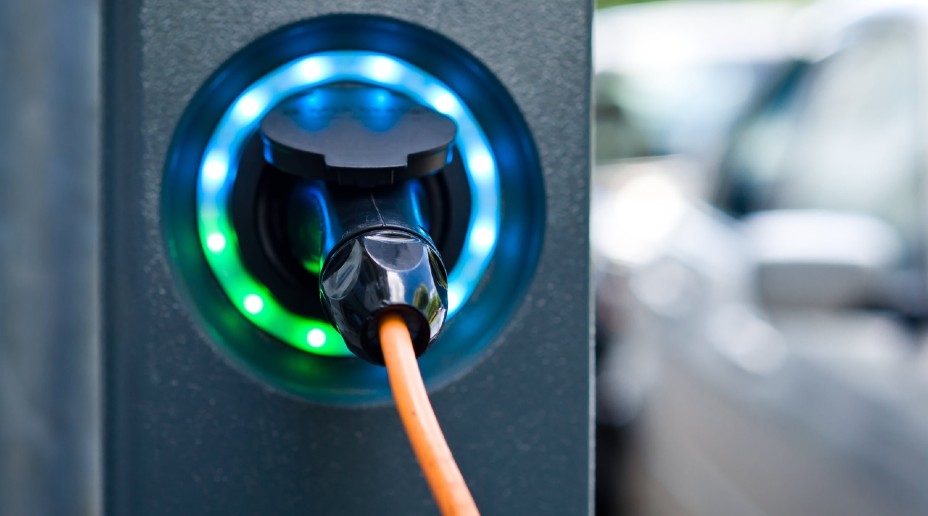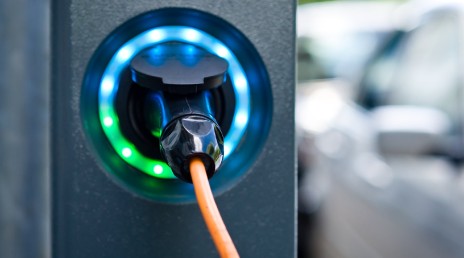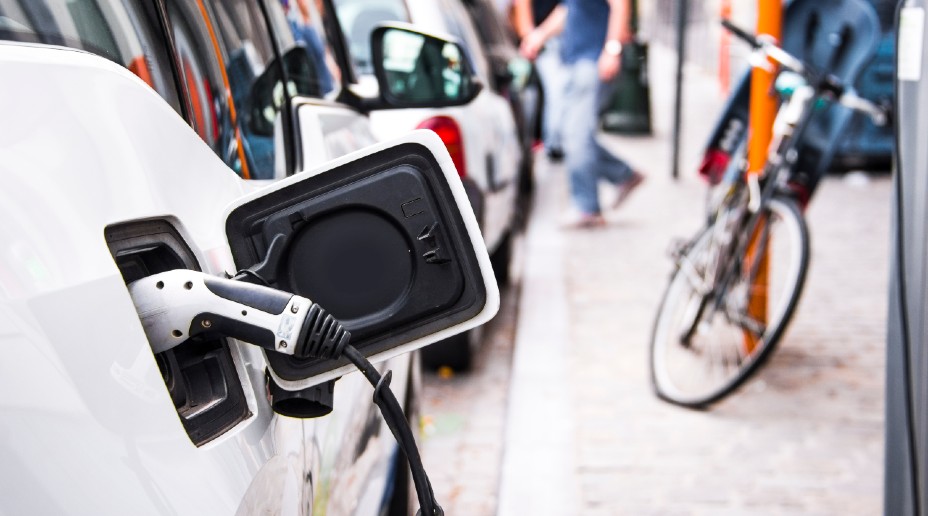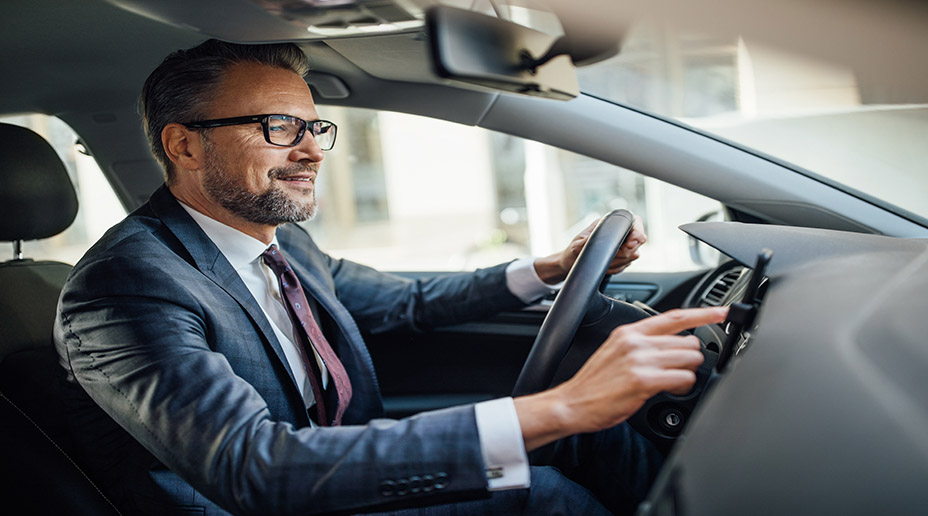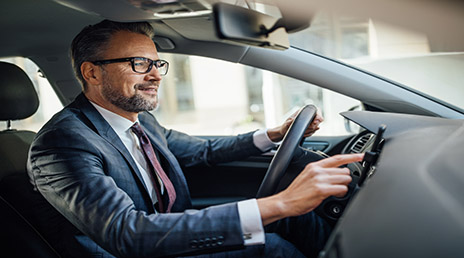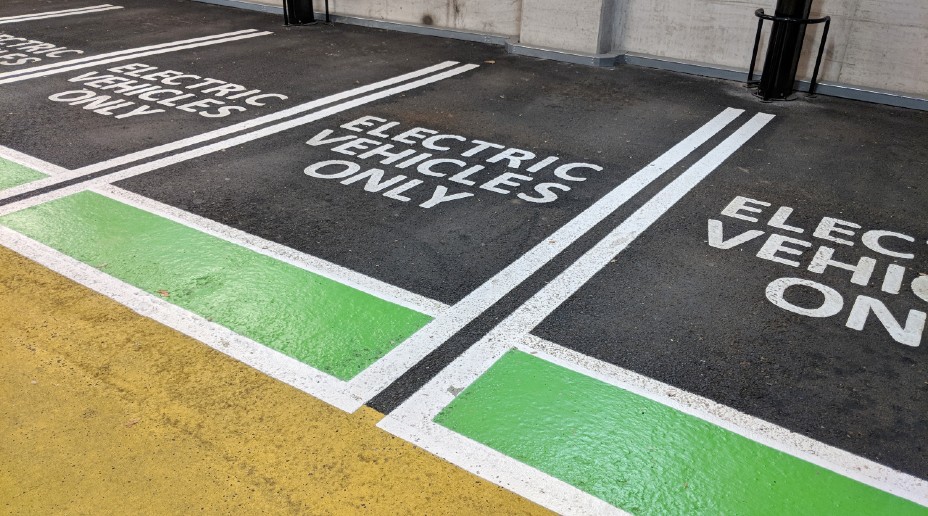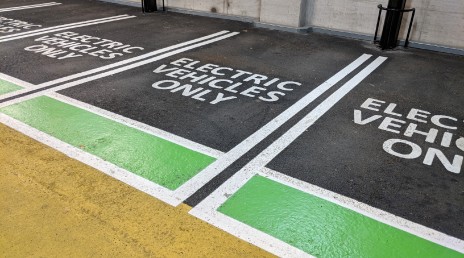With the government fast-tracking trials of rental e-scooter schemes, it’s an exciting time for mobility. But, while there are plenty of positives associated with this form of transport, e-scooters also bring a new set of risks that must be fully understood before they get the green light.
As well as offering a simple way for commuters to get around busy cities, e-scooters could be used on large office or university campuses or even to switch a traditional park and ride facility into a park and scoot.
But, while they’d be a valuable addition to our roads, there’s a degree of caution around them too. Unlike other road vehicles, it’s possible to take an e-scooter for a spin without any previous experience: even on a pushbike, it’s likely that you took a day or two, and possibly a scuffed knee or bruised elbow, to hone your balance and master the technique.
It’s not just about the rider however, other road users and pedestrians have limited familiarity too.. Virtually silent and with a different road presence to that of a cyclist, it will take time for the traffic ecosystem to adapt so that other road users are accustomed to them. E-scooters can also pose a risk when stationary. Often operated as dockless rental schemes to maximise the flexibility they offer, abandoned e-scooters can become trip hazards for pedestrians.
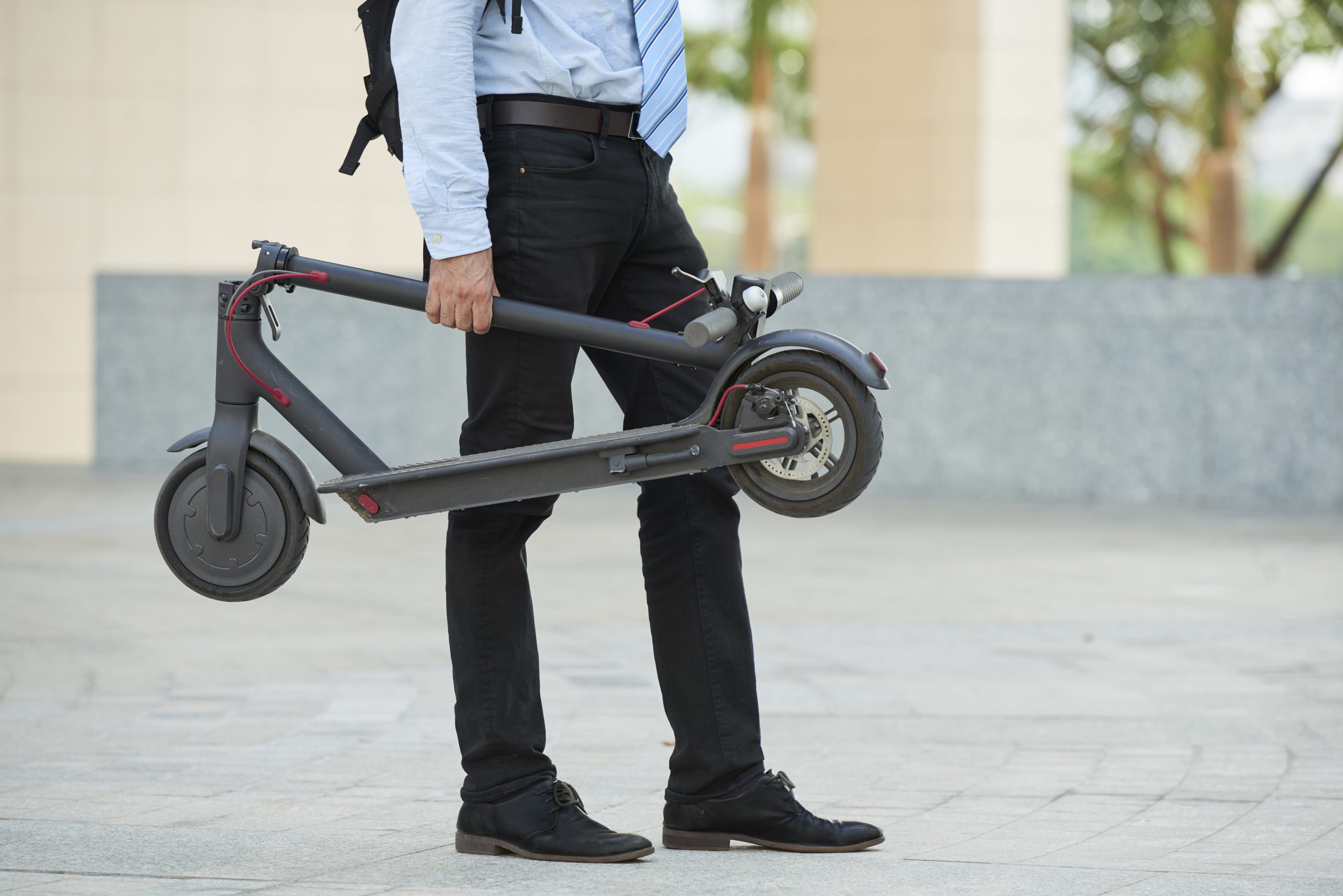
Sadly, all of these factors mean that accidents are inevitable. Although there are no official statistics yet, analysis of global media reports by Quartz found that at least 29 people have died in e-scooter accidents between 2018 and February 20201. Its analysis also shows that most of the deaths were e-scooter riders, usually following a collision with a motor vehicle, although some pedestrians have also died as a result of being hit by an e-scooter.
Injuries are common too. Research by the Public Health department in Austin, Texas calculated that there were 20 individuals injured for every 100,000 e-scooter trips, with almost half of those injured sustaining head injuries2.
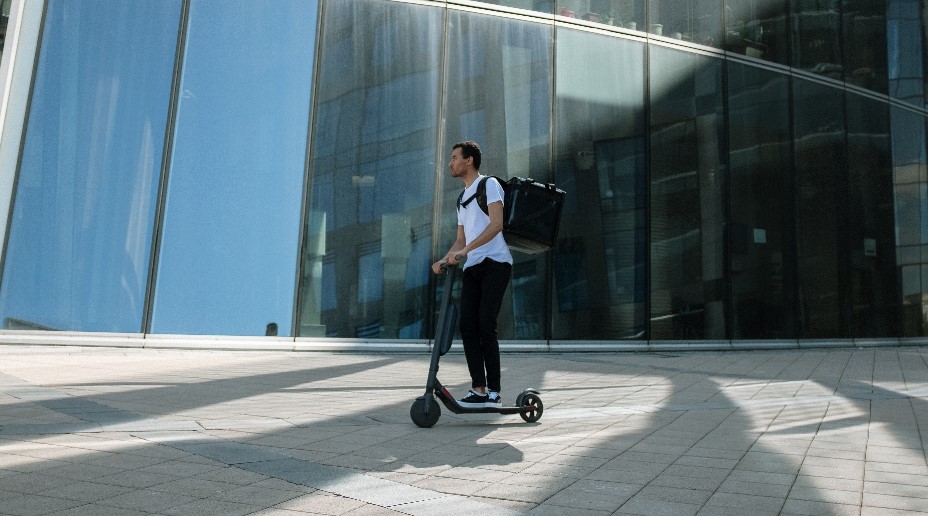
The government’s trials, which are expected to run until the end of August 2021, will provide valuable insight into the risks and what’s required before these vehicles can be used more widely on the UK’s roads. The data will not only inform general attitudes and road safety approaches but also legalities. Given that the roads already share various forms of transport there are questions to be answered about whether this new mode is more aligned to a bike or e-bike, with no compulsory insurance, or a motor vehicle, with compulsory insurance. Is it the rider or other road users who are most at risk?
The UK can also draw from the experiences of other countries that have already adopted e-scooters, although these insights must be tempered by differences in road layouts, culture and attitudes to the sharing economy.
As a minimum recommending safety measures such as helmets and lights certainly seems sensible, as would the provision of some guidance from the rental companies on how to ride an e-scooter.
